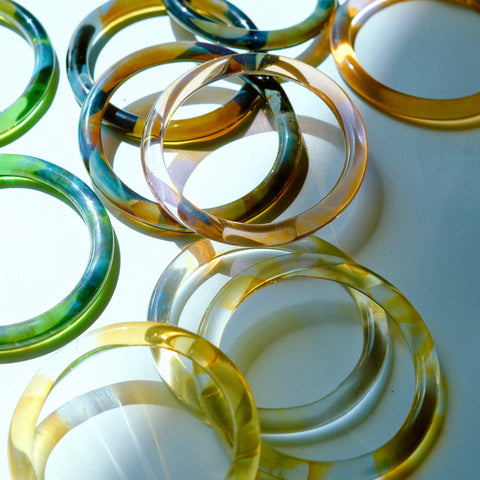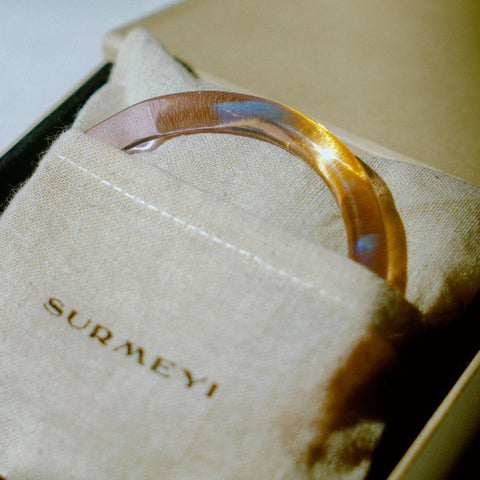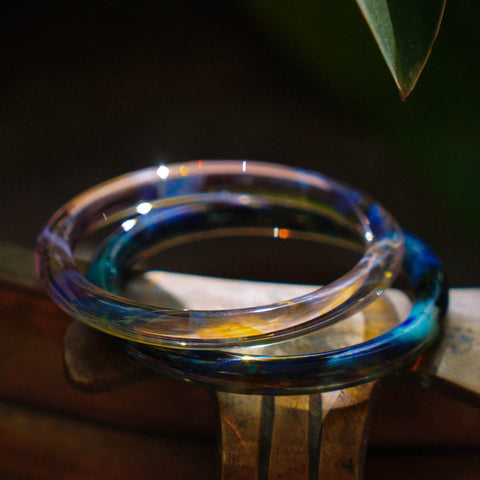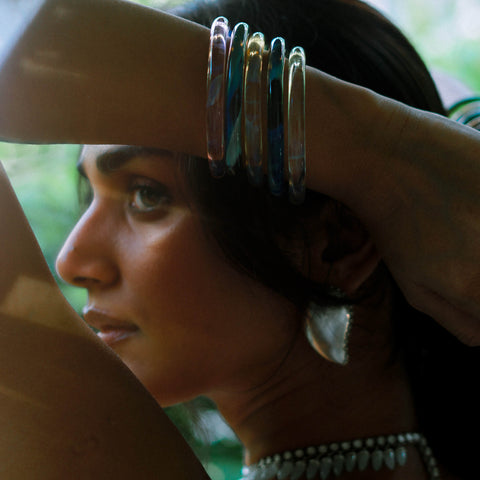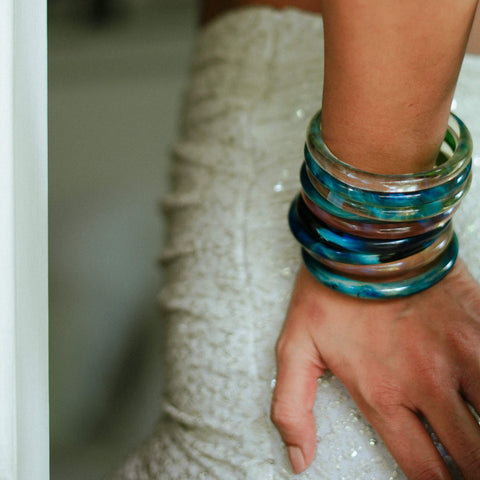It’s one thing to build a clothing brand. It’s another to build a brand that holds reciprocity, regeneration, and deep respect for craft at its core. For Niha, founder of Tega Collective, this journey means asking some of the hardest and most important questions—while building her dream from the ground up. This story is about what it really takes.
✦✦✦✦
Q: You’ve said that Tega is about restoring what was always sustainable. What does that mean to you?
A: To me, it means sustainability isn't a trend or a checklist—it’s something that’s always been embedded in Indigenous ways of life. It’s how communities live in sync with land, season, and skill. Tega isn’t trying to reinvent anything new; it’s about honoring and restoring systems that already exist—craft traditions, knowledge passed down through generations, and circular relationships with land and materials. We’re just learning how to listen again.
Q: From your reflections or practice — are there moments where you’ve had to choose between paying yourself and paying fairly? How do you make those calls without letting resentment build up over time?
A: Absolutely. In the early days of Tega Collective, I often had to make tough financial decisions, prioritizing fair pay and equity for artisans over paying myself. It was about reimagining the model of the fashion industry where artisans and garment workers are usually paid the least. It’s a constant tension in values-driven work—balancing sustainability not just in materials, but in livelihoods, including my own. What’s helped is reframing the process: instead of seeing it as a sacrifice, I remind myself that I’m investing in long-term trust and reciprocity. When the artisans thrive, the business thrives, and ultimately, I will too.
Q: What does "success" feel like for you on a hard day—not in terms of impact metrics, but in terms of how you feel in your body, your home, your community?
A: Success on a hard day feels like a deep breath and the feeling of support from community. Even if the day didn’t go as planned, I moved something forward—a conversation, a connection, a daily ritual, or a piece of work that mattered. Making time to call a friend, focus on wellness, and tick off those small to-do’s always makes it easier to keep going. It’s the support system you create for yourself with your routine and your people.
Q: We get that sustainability is a practice—but what do you mean when you say it’s relationships?
A: For me, sustainability isn’t just about materials or carbon footprints—it’s about the relationships we nurture. The relationship between artisans and their land, between past and future generations, between consumers and the makers of their clothes. Every piece of fabric carries a story, and true sustainability means honoring those connections. It’s about reciprocity and understanding that we can’t create a better future in isolation, but through collaboration, care, and accountability.
Q: How do you make space for fun in the process?
A: I find it in experimenting with new ideas, in the colors and textures of textiles, in the joy of seeing artisans light up when they share their craft. I’m an impulsive creative, and I build that into my process by allowing play—whether that’s through painting, dancing, or traveling to discover new stories. I live for the small things like taking a detour in a conversation, celebrating tiny wins, or letting a day unfold without over-planning.
✦✦✦✦


